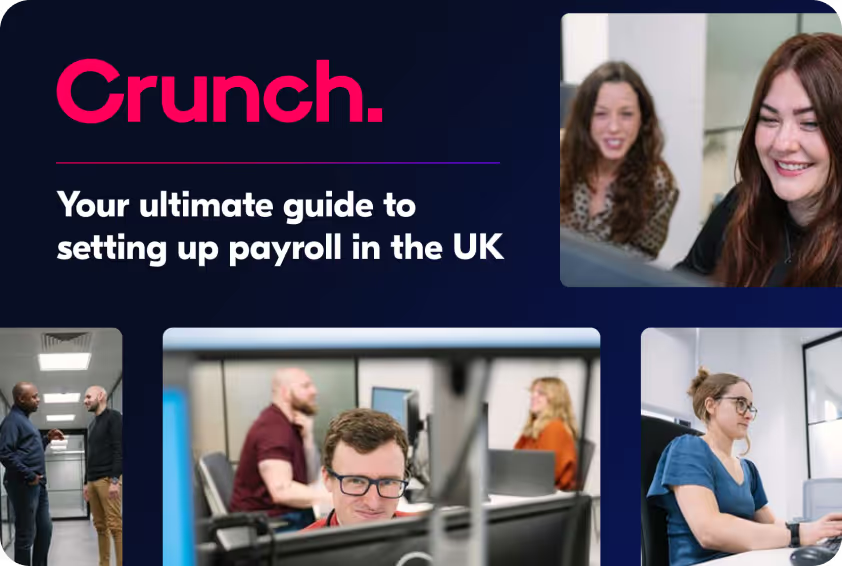Buying a home is an exciting experience, but if the property is in a flood risk area there are some important things to think about first.
Flooding is becoming a more pressing issue in the UK, driven by climate change and increasingly severe rainfall.
Homes near rivers or the coast are particularly vulnerable. Here are some valuable tips from Crunch’s mortgage and property expert Rob Starr for buying a home in a high flood risk zone.
Research the Flood Risk
The first step is to thoroughly research the level of flood risk for the property and area. The government provides flood risk maps online where you can enter a postcode to view the chance of flooding. Areas are classified as low, medium or high risk. Speak to the seller and neighbours to learn the history of flooding in the area. Be aware that flood risk levels can change over time.
Before completing the purchase of a property, you should obtain a flood risk assessment. This assessment provides information on the level of flood risk, the types of flooding (such as river, coastal, or surface water), and the likelihood of the property obtaining insurance. Understanding the flood risk assessment can help make an informed decision about purchasing a property in a flood-risk area.
Understand Flood Defences
Find out what flood defences, such as barriers and drainage systems, are in place to protect the property and community. These can reduce but not eliminate the risk. Learn how regularly they are maintained and upgraded. Defences may be managed by the Environment Agency or a local flood action group.
Flood defence fall into two categories:
- Structural Flood Defences: These are physical structures that aim to prevent water from entering properties and communities. Examples of structural flood defences include flood walls, barriers, and dams.
- Non-Structural Flood Defences: These are measures that aim to reduce the impact on properties and communities once flooding occurs. Examples of non-structural flood defences include flood warning systems, evacuation plans, and flood-resistant materials.
{{mortgage-guide}}
Get Flood Insurance
Standard home insurance usually excludes flood damage. You will need to take out separate flood insurance, which can be expensive in high-risk zones. The government's ‘Flood Re Scheme’ caps premiums for some homes built before 2009. Find out how much flood insurance will cost before committing to buy. Properties in flood-risk areas can be more challenging to insure with the cost of flood insurance usually being higher. It's essential to understand the availability and affordability of insurance coverage for the property you are considering buying.
Prepare for Flooding
Preparing for flooding is crucial if you live in a high-risk flood area. Here are some steps you can take to help minimise damage and ensure your safety during a flood:
- Create an Emergency Flood Plan: Develop a comprehensive plan that includes evacuation routes, a designated meeting point for your family, and a list of emergency contacts. Share this plan with your family members and make sure everyone knows what to do in case of a flood.
- Stay Informed: Monitor local weather forecasts and stay updated on flood alerts and warnings. Install a weather app on your smartphone that provides notifications for severe weather conditions. Sign up for flood warning services offered by authorities to receive timely alerts.
- Prepare an Emergency Kit: Assemble a well-stocked emergency kit with essential items such as non-perishable food, bottled water, a first aid kit, flashlights, batteries, necessary medications, and important documents. Keep the kit in a readily accessible location.
- Secure Valuables and Important Documents: Store important documents like passports, insurance policies, and birth certificates in waterproof containers or sealable plastic bags. Consider creating digital copies of important documents and storing them securely online
- Elevate Belongings: If you have a multi-story home, move valuable items and essential electronics to higher floors to protect them from floodwater. If possible, install shelving or cabinets at an elevated level to store belongings.
- Prepare for Power Outages: Have backup power sources such as portable generators or extra batteries for important devices. Keep a supply of non-perishable food that requires no or minimal cooking. Have alternative lighting options like candles or battery-powered lanterns.
- Protect Utilities: Locate the main switches for electricity, gas, and water, and know how to turn them off in case of emergency. Consider installing non-return valves on plumbing to prevent sewage backflow during flooding.
Consider Flood Resilience Measures
To better protect the property, consider resilience measures like flood gates, air brick covers, non-return valves for plumbing, and waterproof concrete. All this can further enhance the property's ability to withstand flooding. Get professional advice on options. You may be able to receive a government grant to install protections.
Beware of Impact on Value and Mortgages
Buying a flood-prone home can impact future selling and remortgaging. Always get a full structural and drainage survey done. The property may be harder to sell later. Mortgage lenders may have specific requirements for properties in flood-risk areas, whilst some may even refuse mortgages altogether depending on the flood risk level. It's essential to check with potential lenders on their policies regarding flood-risk properties
Conclusion
Buying a home with flood risk requires careful consideration. Research the risk thoroughly, understand defences in place, get insurance, prepare emergency plans, consider resilience measures, and be aware of impacts on value and mortgages. Professional advice from surveyors, insurance providers, and lenders can provide valuable insights into the risks.
Flood risk can affect the value of a property. Buyers may be hesitant to invest in properties with a higher risk of flooding, potentially leading to lower property values. This can present both a problem and an opportunity for buyers and sellers.
However, if you plan correctly and follow the necessary steps, then with proper precautions it is possible to buy and safely live in flood-prone areas.
For advice on mortgages and access to the whole marketplace of lenders you can speak to one of our specialist mortgage brokers to see what’s possible.
Please contact one of our advisors for mortgage advice and to access the best deals from across the whole marketplace of lenders. Call us on 0333 311 0800


.svg)

.svg)



.webp)





.avif)








